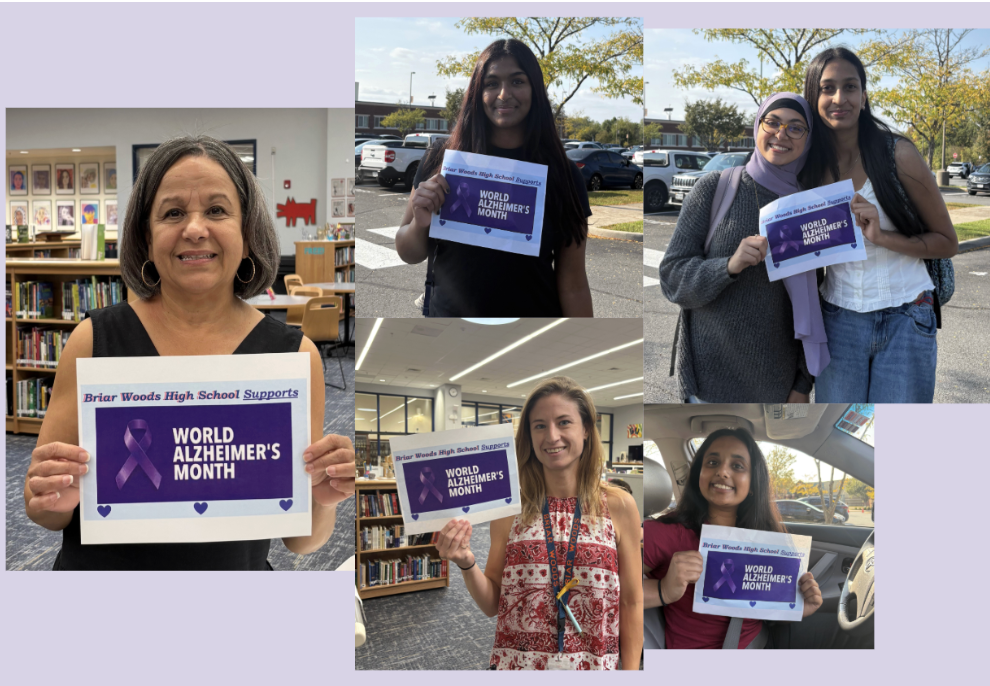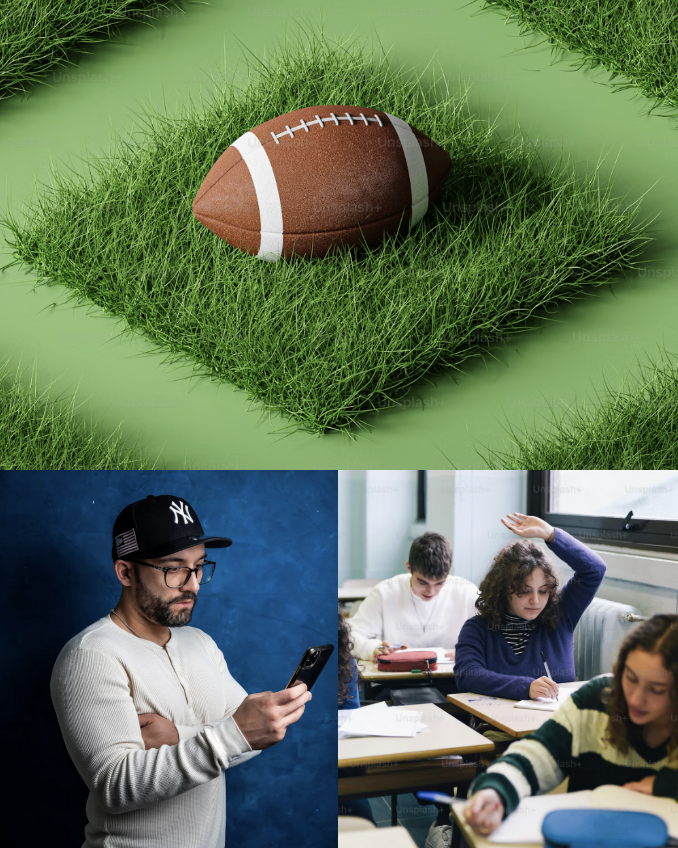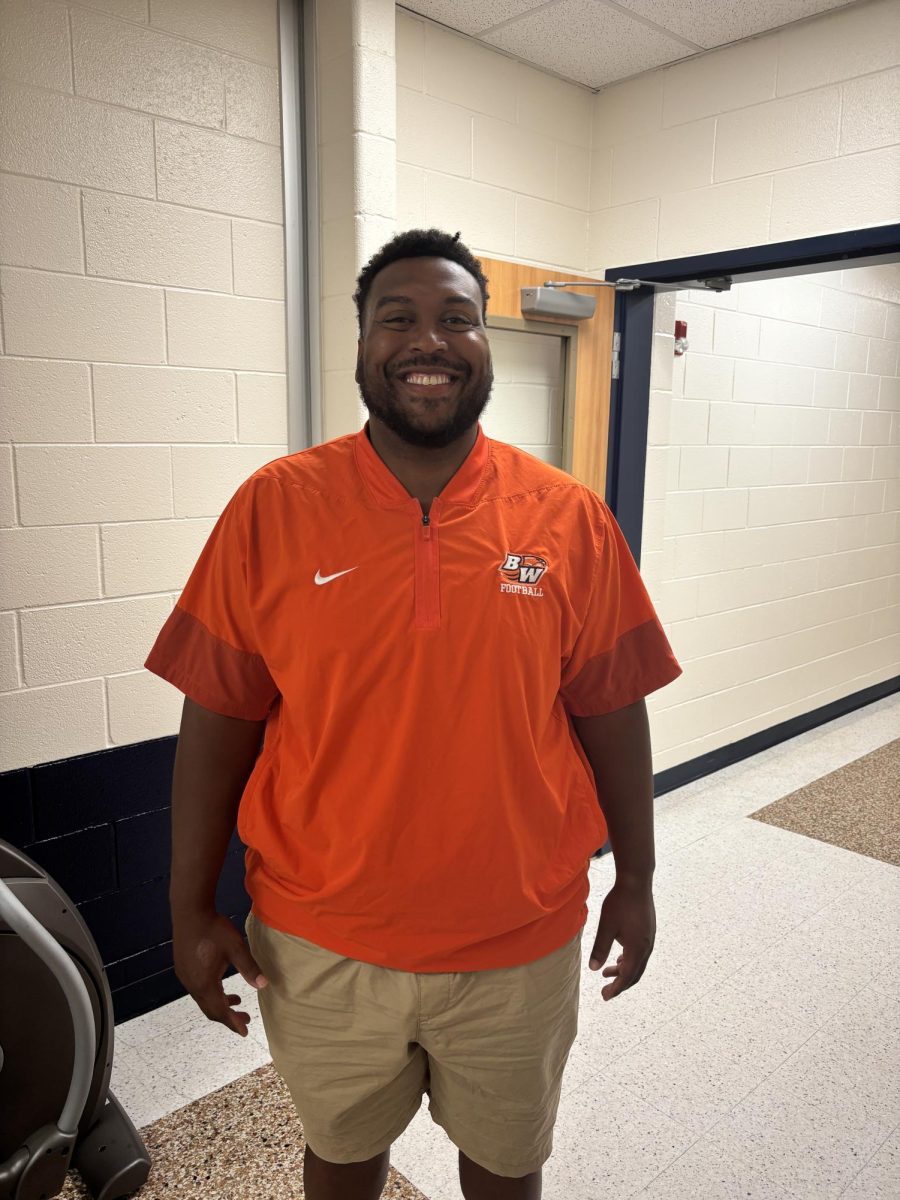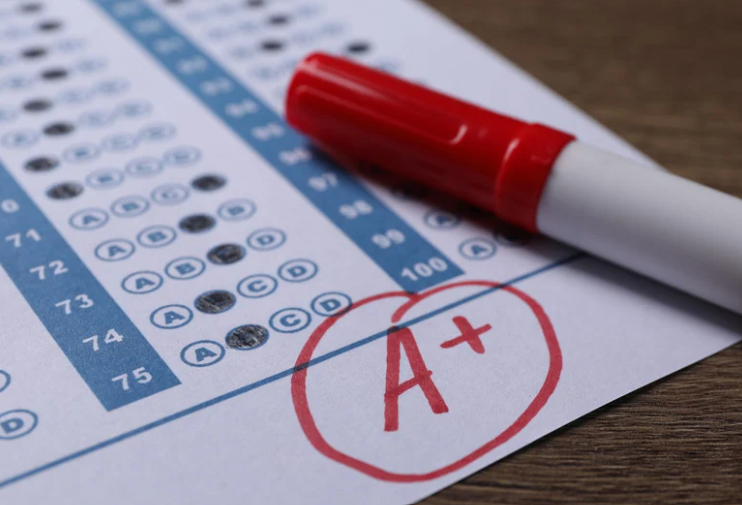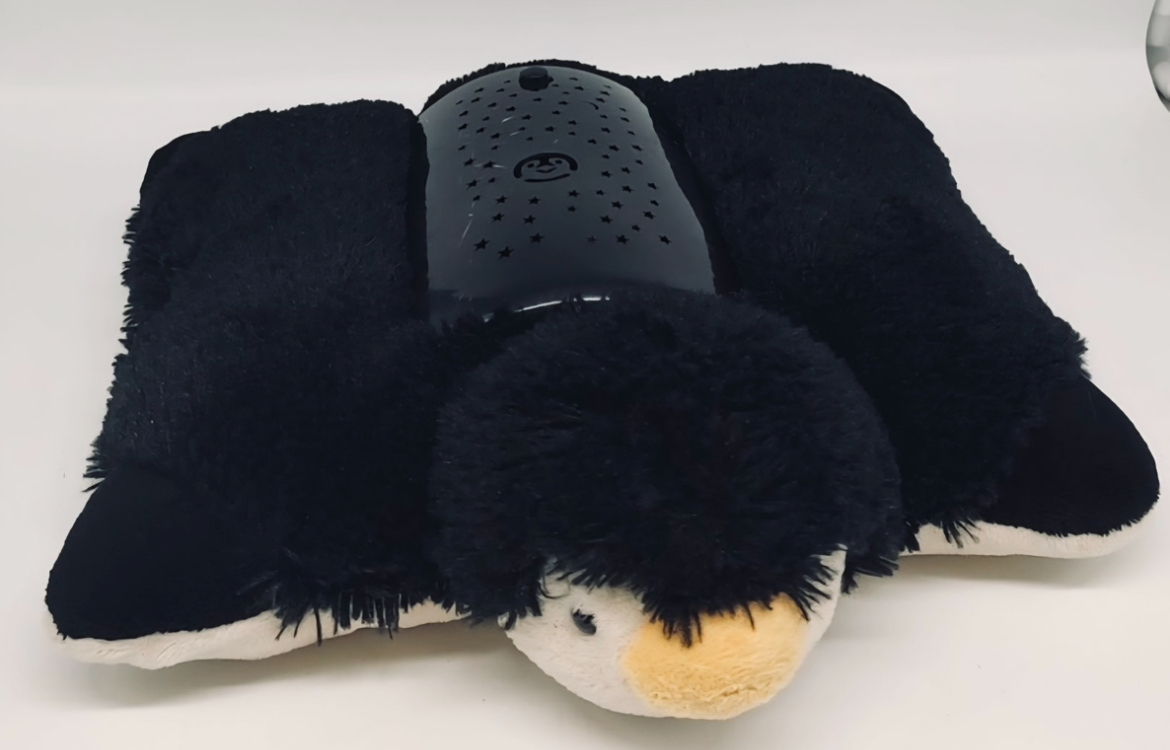It is estimated that at least 33 million people struggle with Alzheimer’s, a disease with no cure. World Alzheimer’s Awareness Month resides in the month of September and is a global campaign made to raise awareness about the disease and to help reduce stigma regarding the conditions. This month has two main objectives, one being to raise awareness, while the other is to encourage early detection and diagnosis, support caregivers and families, and also advocate for research and policy change. Alzheimer’s disease is a serious and growing health crisis that deeply affects individuals, families, and communities. Dedicating a month to awareness is essential, as it encourages education, compassion, and action, especially among younger generations who have the power to drive future change.
To start off, what is Alzheimer’s? Also known as Senile Dementia, it is a progressive disease that destroys memory and other significant mental functions, acting as a silent parasite that makes it increasingly difficult for the body and mind to function independently. According to the Alzheimer’s Association, it is very common, with more than 3 million cases per year in the US alone. People can get it from age, genetics, and family history, but recently, people have been developing symptoms at an early age due to the habits society has pronounced as normal.
“If we understand how serious Alzheimer’s is, we can be more patient and supportive when people around us are dealing with it. Also, some of us might want to go into healthcare or research one day, so learning about it early could spark that interest and encourage others to conduct more research in that field. If students learn about the condition, they can recognize any signs of the disease or try to implement good habits to avoid developing the disease.” said Maheer Asim an AP Psychology student at BWHS.
Although high school students don’t typically get dementia, risk factors for developing the disease have been occurring way earlier for many children during these past years. Factors that can increase dementia risk in the long term include: Unhealthy heart and metabolic health, body mass index, and even low education and cognition. According to the Mayo Clinic, bad habits that high school students and college students maintain have been linked to higher risk of this disease, even poor sleep can raise the risk.
“I know that students can develop habits which lead to Alzheimer’s, so I think high schoolers should definitely learn and acknowledge what the disease really is,” said Resha Donepudi, a student volunteer at hospitals who treat Alzheimer’s patients.
Doctors emphasize that regular exercise, eating brain boosting foods like greens and nuts, limiting junk foods, and getting enough sleep all lower long term risks. In fact, activities like reading, playing puzzles, or even learning a new skill can strengthen what medical professionals call the “cognitive reserve” which protects memory late in life. That is why World Alzheimer’s Awareness Month is so essential for our society. It reminds teens all over the world to start pursuing these habits if they haven’t already. It is never too late to start taking action.
“If someone’s diet includes a lot of, maybe, ultraprocessed food that might cause inflammation, drug use, alcohol use, certain medications, combinations of everything. So, if you’re living a life where you’re not living a healthy lifestyle, you’re not exercising, or you’re around a lot of pollutants and toxins, what that could do is cause Alzheimer’s to maybe start earlier than it normally might,” said Manish Shah an AP Psychology teacher at BWHS.
For many high school students, Alzheimer’s may seem like something that only affects adults, but the chances are that they know someone who has the gene. It can be a grandparent, neighbor, or a family friend, but the population of Alzheimer’s patients is constantly increasing. According to the Alzheimer’s Association, more than 6 million Americans currently live with the disease, and every 65 seconds, someone new is diagnosed. They predict that by 2050, the number could almost triple, meaning that today’s high school students may face even bigger problems as advocates, caregivers, medical professionals, and even patients. It is important to understand the impact now, so it prepares students for later.
“We talk about epigenetics and gene expression. So basically, you have nature and nurture, and nurture influences nature. So if you have a parallel universe version of yourself who didn’t make these bad choices, they might end up not having Alzheimer’s… But we have seen studies where, you know, making those good choices early on might make the difference.” Shah continues.
By learning about Alzheimer’s now, high school students can do more than just understand the disease and get scared of it, they can take steps to make a lasting impact. Starting to live a healthier lifestyle, spreading awareness, and supporting families affected by dementia are all ways the youth can make an impact. In fact, helping associations like Alzheimer’s Foundation of America Teens, Alzheimer’s Impact Movement, and volunteering at a local clinic with Alzheimer’s patients can all help raise awareness and support these patients. Alzheimer’s is stealing memories every day, but knowledge and action give society the power to fight back. If they start now, they can shape a future where no family has to watch their loved ones disappear in a maze full of memories.


